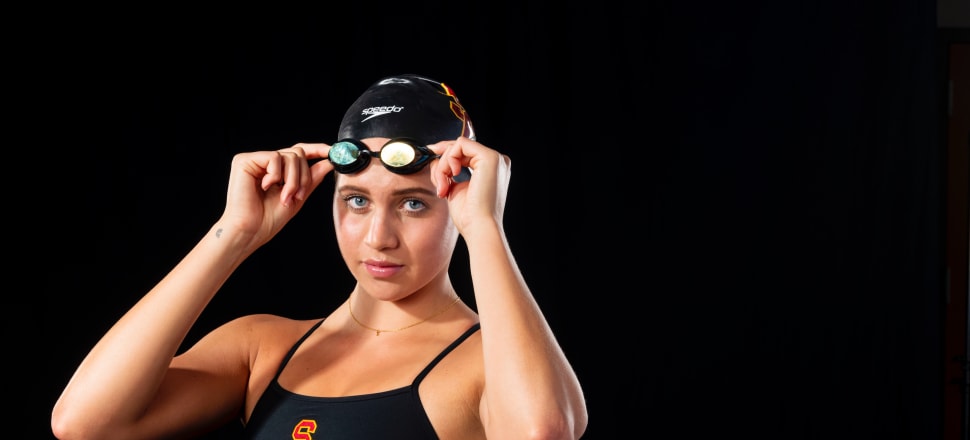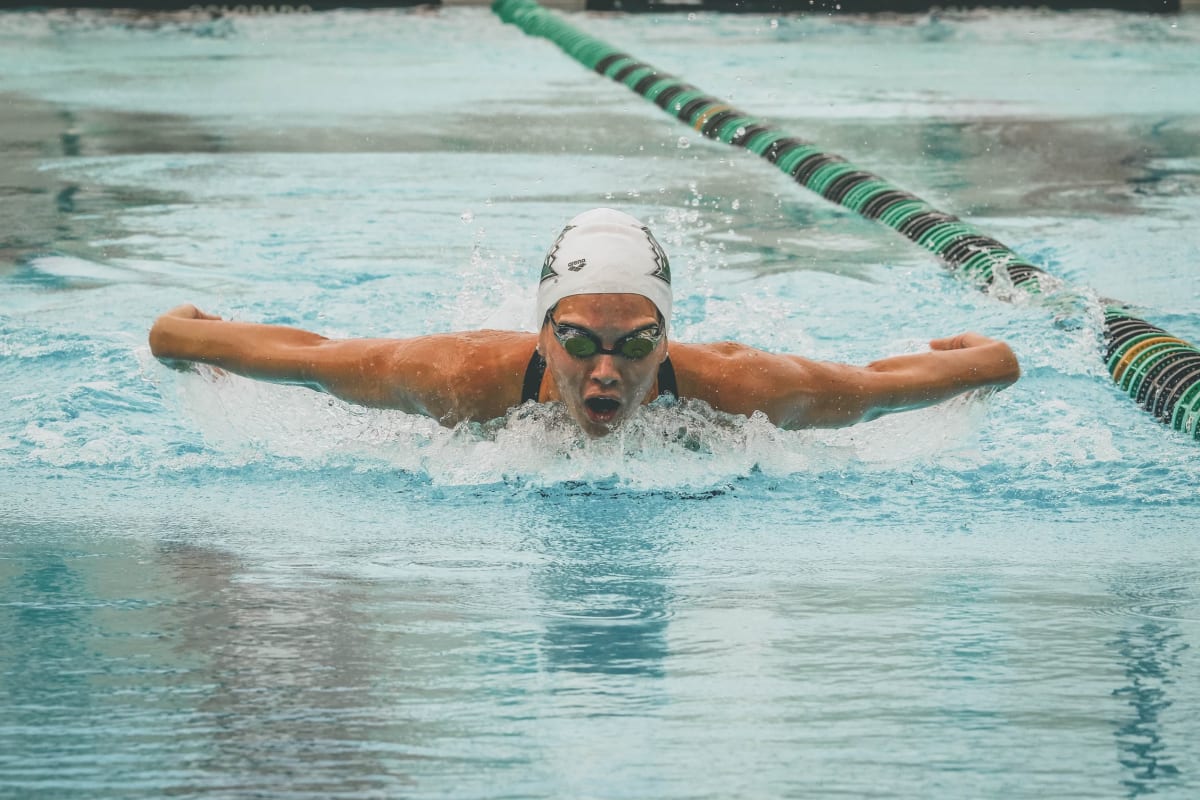
One of the country’s top swimmers is to trial for the NZ team for the first time since 2017. This time she could qualify for the Paris Olympics in multiple events. Dave Crampton reports.
In February 2020 Laticia Transom was one of New Zealand’s top freestyle swimmers. She would have been a handy relay swimmer at the Tokyo Olympics.
She never went. She never trialled. She wasn’t bothered by it, either.
That's all about to change. She’s even quicker now. At last month’s Queensland championships, Brisbane-based Transom, 22, clocked 53.13 seconds in the 100m freestyle, smashing the NZ short course open record set 14 years ago by nearly half a second.
She’s now looking to get onto the NZ team for the World Aquatics championships in Doha in February, which are also trials for the Paris Olympics in July. She looks set to do so, too.
While acknowledging the significance of breaking an NZ record, she said her time wasn’t a surprise, nor was she initially aware she had taken the record.
“It did not put it into perspective of how quick that was for me until I realised it was the national record.”
Transom, who lived in Taihape for five years before moving to Australia, smashed her fastest time by more than two seconds; her first lifetime best in the short course event for five years.
There’s a reason why Transom did not compete internationally and for the gap between these lifetime bests; her focus was elsewhere.
Swimming on scholarship in the United States, she was competing in yards, rather than metres, for the University of Southern California (USC) in the National Collegiate Athletic Association (NCAA) while studying.
After five years in the US, graduating with a Bachelor of Psychology, Transom, now back in Brisbane, is doing “a really good training block” with her Brisbane Grammar coach Bobby Jovanovich, so she is ready to hit her straps at the Doha trials in Auckland come November.
“I thought it would be really difficult coming back and taking six weeks off prior to starting back in Brisbane,” she says. “I thought ‘what am I doing, I don’t think I’m cut out for this’ – but I adjusted really quickly.”

A month after her first hit-out in a long course (50m) pool since returning from the US, Transom should comfortably make any selected 4x200m freestyle relay team for Doha and hopes to go under the 100m backstroke and 100m freestyle standards.
If she does, she is likely to be one of just two NZ swimmers to do so in different disciplines if individual medley swimmer Lewis Clareburt meets the qualifying standard in the 200m butterfly event he won at the Birmingham Commonwealth Games.
Trials will be Transom’s first time in New Zealand since successfully trialling for the 2018 Commonwealth Games, where she placed 12th in the 50m freestyle aged 16. She also competed with Clareburt at the 2017 Commonwealth Youth Games, where both won multiple gold medals.
That year Transom (Ngati Kahungunu, Ngai Te Rangi, Te Ati Haunui a Paparangi) and Clareburt (Tainui) each won the main junior award at the Māori Sports Awards, with Clareburt winning the Supreme Award five years later.
Just two of the 11 swimmers in that 2017 team, Clareburt and Zac Reid, went on to compete at a World Championship and an Olympics. Transom aims to do both within six months.
Transom’s likely selection will reap the benefits from regularly competing against some of the world’s top swimmers, including in NCAA Division 1 championship finals.
“I think I’ve adapted to that higher level of professionalism and expectation when it comes to performance,” she says. “My experience in the US has prepared me for that. The depth of the field is so deep, you have to essentially go best times in the morning to make the finals.”
She did.
Yet just over a year ago, after making her first NCAA final, she almost quit the sport.
In 2022, she placed 7th in the 200 freestyle just behind Lia Thomas, the first openly transgender athlete to win a NCAA Division 1 championship. While she did not consider it an issue, she now says Thomas should not have competed against her.

“I was in the lane next to her. This girl was going through something, I was going through something, and it was nice to have someone else dealing with a lot of pressure,” Transom says.
“Looking back, I think entries should be a matter of biological sex as opposed to gender identity. Lia is absolutely entitled to express herself and be whatever she wants to be, but in the nature of sport I believe it should be kept separate by sex.”
Despite her top performances, Transom’s head was elsewhere. She was not excited about swimming, as it was taking a toll on both her physical and mental health. She had fainting episodes leading to four concussions between 2020 and 2022. She was subsequently diagnosed with POTS (Postural Orthostatic Tachycardia Syndrome), where the body does not control the heart rate as it should after standing up.
“I was committed to staying at USC, but really was in such a dark place that I couldn’t think of anything worse than being there for another year,” she says. “I sort of felt trapped - it was either stay at USC or quit swimming.”
Transom did not want to do either. So, she switched to swim for the University of Hawaii.
“I just wanted to go and have fun – and I did. I had the most fun year of my life, and that is what got me back into swimming.”
She also made another NCAA final, this time the 100 freestyle, again for 7th place. Back in New Zealand, Transom will have to not only adapt to racing in a 50m pool, something she has rarely done in the past five years, but also do better in it to meet tough Olympic times next year.
“I haven’t been great at short course swimming, but going to the US you obviously have to be, so I worked a lot on my underwater,” she says. “My turns aren’t that great still, they’re really slow, but there’s little things I’ve been able to take from the US to help improve my long course swimming.”
She’s confident she’ll do well.
“I actually prefer long course swimming.”







